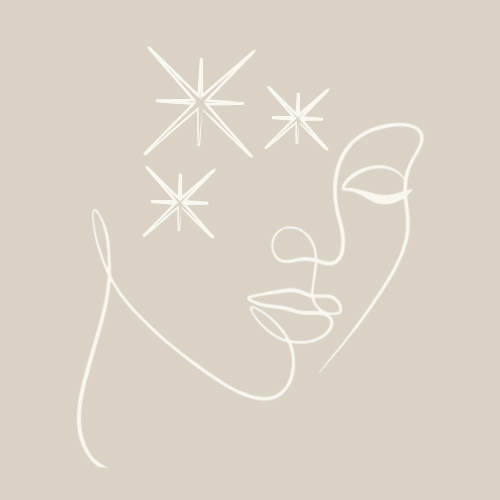For years, I thought something was wrong with me. Only later did I realise the truth: my difference was never the problem. The real challenge was having to hide it.
ADHD, autism, and other forms of neurodivergence in women often look very different from the stereotypes. Signs in women can be quieter, more internal – forgetfulness, disorganisation, daydreaming, or a restless mind that never stops turning. Because these traits don’t always disrupt classrooms or workplaces, they’re often overlooked, misunderstood, or dismissed.
That was my story, too. I wasn’t diagnosed until my early 30s.
For most of my life, I carried a constant sense of being “too much” and yet “not enough.” I built a career, a family, and a life that looked steady on the outside – but inside, it was exhausting. I masked, adapted, and tried harder than anyone knew, just to keep up.
Everything shifted when my daughter was born. Her birth was the most beautiful day of my life, but the experience was traumatic. What followed – postpartum depression – stripped away the coping mechanisms I had relied on for years. Suddenly, the mask cracked. Caring for a newborn while facing my own vulnerability forced me to face a truth I had never been able to name: I wasn’t failing. I was neurodivergent.
The spark I had been hiding
I didn’t always feel sparkly. In fact, for years, I worked hard to tone myself down – to be less emotional, less intense, less scattered, less me. But after living on the edge of burnout and going through a lot of unlearning, I started to see something I had missed: hiding who I really was had cost me far more than my differences ever did.
That realisation marked the beginning of my sparkly journey.

Choosing Neurosparkle
When I was looking for a name for my work, I wanted something that captured that shift, from masking to reclaiming. The word neurosparkle came to me as a way of reclaiming all the parts of myself I had once been told were “too much”: my emotions, my curiosity, my energy, my creativity.
Instead of seeing them as flaws, I began to see them as sparks. Sparks that could shine, connect, and light the way forward.
Choosing neurosparkle was a turning point. It wasn’t just about me – it was about creating a space where others could feel seen, understood, and celebrated for who they are, too.
For Women, Dreamers, Thinkers, and Doers
This journey is deeply personal, but it’s also part of a bigger picture. So many women go through life being misdiagnosed, misunderstood, or dismissed. Dreamers who are told they’re unrealistic. Thinkers who are told they overcomplicate things. Doers who burn out trying to keep pace with everyone else.
Neurosparkle is for all of us. It’s about showing that being different doesn’t mean being less. It’s about unmasking, reclaiming, and finally allowing ourselves to shine.
Now, I know that spark has always been there – waiting to be seen. And maybe, if you’re reading this, you’ll recognise a little of that spark in yourself, too.
Chantal

